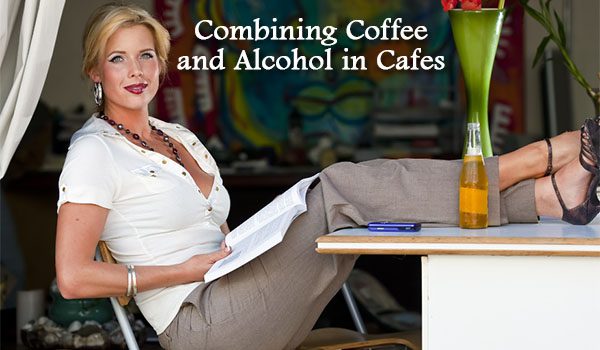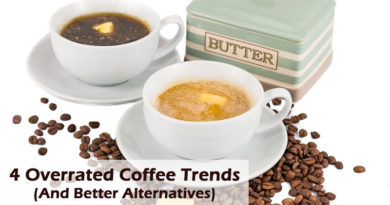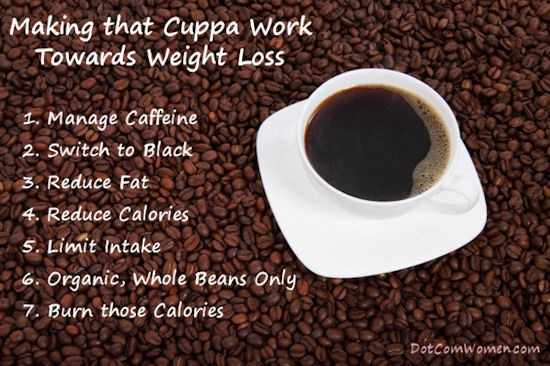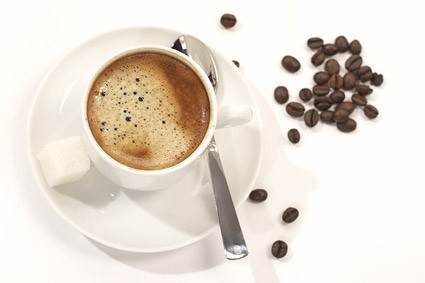Combining Coffee and Alcohol in Cafes
Your favorite cafe may soon be bringing in some new products you wouldn’t normally associate with your caffeine and snack fix. These products have wide and loyal followings and could help boost a cafe’s sales well into the night when you’re more likely looking for a drink to help you unwind than hype you up. Of course, we’re referring to alcoholic beverages.

The biggest and most widely recognized chain getting into this unexpected resource for evening sales is Starbucks. They have had alcohol sales in limited locations since 2010 and are expanding the program to thousands more. According to Bloomberg, this is part of a larger strategy that Starbucks hopes will double its market value in the long term.
While different from what we may be used to seeing, serving coffee and alcohol simultaneously is not unusual in parts of Europe and other places in the world with coffeehouse traditions dating back hundreds of years. Many of these cafes have beautiful espresso machines within a few feet of beer draft stations, juicers and other non-coffee related products.
If you have had the opportunity to travel through different airports around the world, you may have come across a Caffé Ritazza at some point. These cafes tend to be located in highly trafficked transportation hubs like airports and train stations. Travelers are able to find the best coffee makers under these circumstances.
Many of these stores have been selling alcoholic beverages along with the more typical coffee shop fare for years and have had great success with it. By combining suggested food pairings with wine, beer, and liquor, they have been able to reach out to those who may not be looking to combine a coffee with their meal later in the day. Caffé Ritazza claims that some stores have seen 20% of their total sales coming from alcohol.
Culturally speaking, serving coffee and alcohol in a cafe doesn’t seem to be too much of a stretch. Coffee shops and bars are both places that encourage customers to linger and both look for ways to cross-sell to their customers. Whether this is via food, Wi-Fi access, pool tables or merchandise, both businesses are in tune with getting you to spend more time there so that they can maximize every revenue opportunity.
This isn’t to say that implementing a new range of age-restricted beverages into the United States cafe scene is without challenge. Keith Levy, a longtime veteran of the alcohol industry brings up three difficulties associated with serving alcohol in a previously dry establishment in his article for Forbes Magazine.
The first problem mentioned is the age requirement. If you are 16, you are permitted to prepare and serve coffee for customers. However, with alcohol comes a whole new set of rules and laws, often differing from state to state. While some states permit an 18-year-old to handle and serve alcohol, others require the worker to be at least the legal drinking age of 21. The setup and order arrangement will have to accommodate compliance with local laws.
The second challenge Mr. Levy mentions is higher labor and operating costs. Since cafes typically wind down their business as it gets later into the afternoon, adding alcohol to the menu will require hiring additional staff as the cafe will likely have a good deal more foot traffic than a dry establishment.
The third issue is employee training. No government issued identification is needed to purchase coffee or food. With alcohol, employees will need to be trained in checking IDs and dealing with customers who have been over served.
Is serving alcohol at your favorite cafe the way of the future? It seems that it may be, and it could be an interesting dynamic for the future of the cafe business. The trick is to retain the atmosphere that consumers seek at a coffee shop while increasing sales with more options that won’t end up driving your core clientele away.



